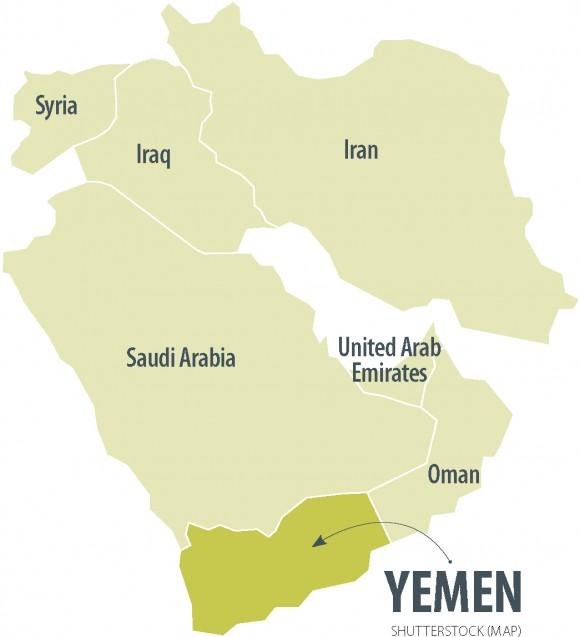Yemen has reached a state of crisis. Its civilians are suffering famine, terrorists including ISIS and al-Qaeda are building training camps within its borders, and foreign governments are fighting or sponsoring local militant groups.
The U.S. military used to maintain a security presence in Yemen, which the Obama administration gradually brought to an end.

*





